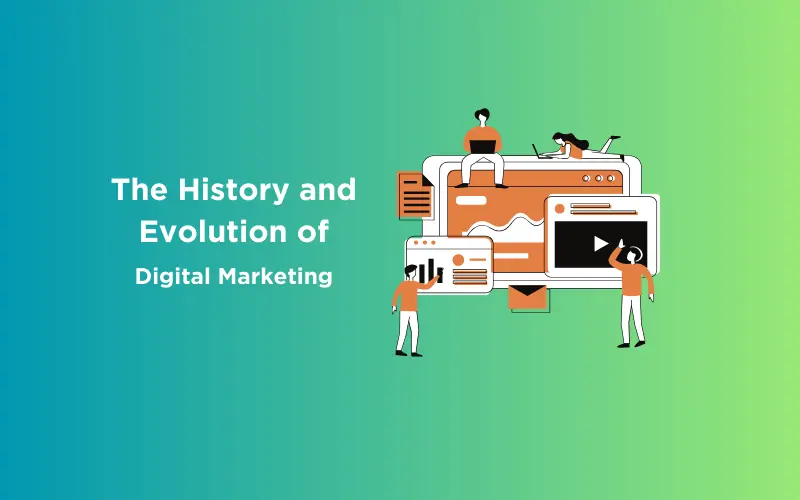
The History and Evolution of Digital Marketing
Mar 21, 2024 5 Min Read 1477 Views
(Last Updated)
Digital marketing, in today’s context, is using digital channels to promote products and services to a specific audience. Its main goal is to connect your business with its ideal audience, who spends significant time online.
Professionals and businesses need to understand the history and evolution of digital marketing. This understanding provides insights into how digital platforms have transformed marketing strategies from traditional to highly targeted and data-driven practices. This evolution reflects technological advancements and changes in consumer behavior and expectations.
This blog offers an in-depth look into the evolution of digital marketing, starting from the 1990s to the current times. We will examine the significant events and advancements that have influenced the digital marketing landscape, emphasizing the role of each stage in developing the advanced techniques we use today.
Table of contents
- The Genesis of Digital Marketing: The 1990s
- The Dot-Com Era: Expansion and Speculation
- Social Media's Ascendancy: The Mid-2000s
- The Content Marketing Revolution: Late 2000s to Early 2010s
- The Mobile Marketing Boom: The Mid 2010s
- The Emergence of Data-Driven Marketing: Mid 2010s to Late 2010s
- The Dominance of Video and Influencer Marketing: Late 2010s to Present
- Looking Ahead: The Future of Digital Marketing
- Final Words
- Frequently asked questions
- What are the key metrics for measuring digital marketing success?
- How has customer privacy impacted digital marketing strategies?
- What role does artificial intelligence play in digital marketing?
- What's the significance of voice search in digital marketing?
- How do digital marketing strategies differ for B2B versus B2C companies?
The Genesis of Digital Marketing: The 1990s
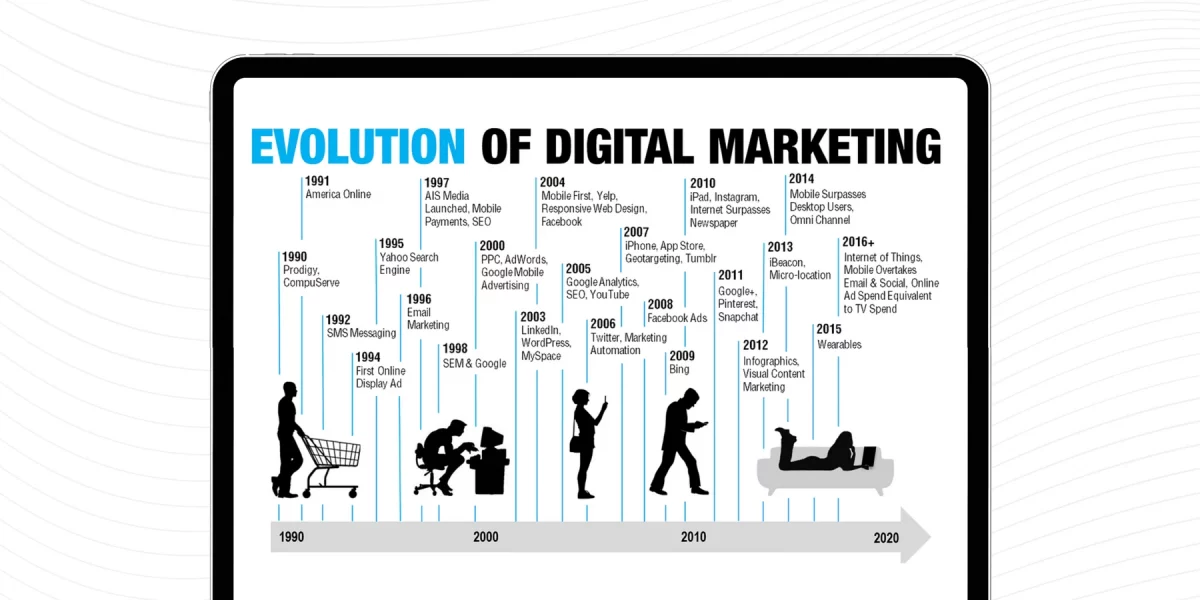
The 1990s marked the beginning of digital marketing, a period characterized by the introduction of the Internet and the World Wide Web. These groundbreaking inventions laid the foundational stones for a new era in marketing, forever changing how businesses connect with their audiences.
As the Internet became more accessible, the first online advertisements appeared, signaling the start of the history of digital marketing. Banner ads, simple yet revolutionary, were among the earliest forms of online advertising. They paved the way for a new marketing channel open to geography and time.
Also Read: How to Become a Digital Marketer – Digital Marketing Career Roadmap
Enrolling in GUVI’s Digital Marketing course can help you become an expert in the digital world, regardless of your level of marketing expertise. Learn the ins and outs of email marketing, social media marketing, content production, SEO, and more from professionals in the field. Through practical projects and real-world case studies, acquire job-ready skills with globally recognized certifications.
Instead, if you want to explore Marketing Research Techniques through a Self-paced course, try GUVI’s Marketing Research Techniques Self-Paced certification course.
The Dot-Com Era: Expansion and Speculation
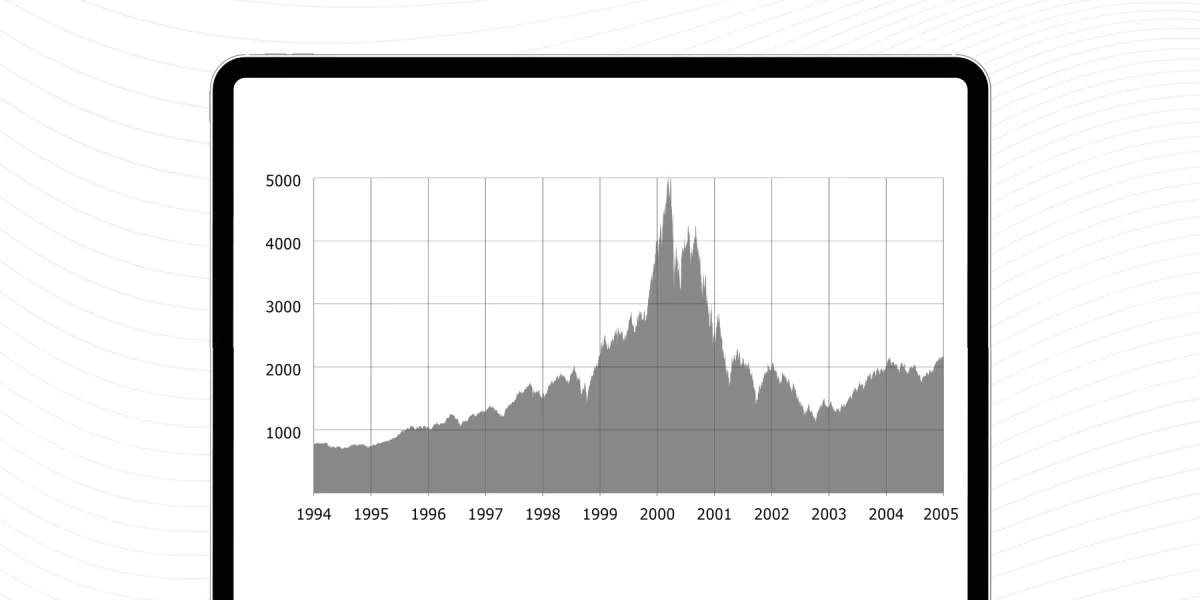
The Dot-Com era led to another significant chapter in the evolution of digital marketing, characterized by rapid expansion and intense speculation in the online domain.
This period, spanning the late 1990s to the early 2000s, saw an unprecedented surge in internet startups and investments fueled by the promise of the World Wide Web. Businesses raced to establish an online presence, leading to a dot-com boom that significantly impacted digital marketing practices.
As the Internet became more accessible, the need for visibility on emerging search engines like Google and Yahoo became critical. This necessity gave birth to the practice of Search Engine Optimization (SEO).
In its infancy, SEO was about understanding and leveraging the algorithms of search engines to improve a website’s ranking in search results. Marketers started to learn the power of being easily discoverable by potential customers, which led to innovative strategies aimed at optimizing web content and structure for better search engine visibility.
The dot-com bubble eventually burst, but it left behind a legacy of online business models and marketing strategies that would shape the future of digital marketing. The period was a model for experimentation and learning, with successes and failures that provided valuable lessons for future digital marketers.
Must Know About Top Skills Required to Become a Digital Marketer

Social Media’s Ascendancy: The Mid-2000s
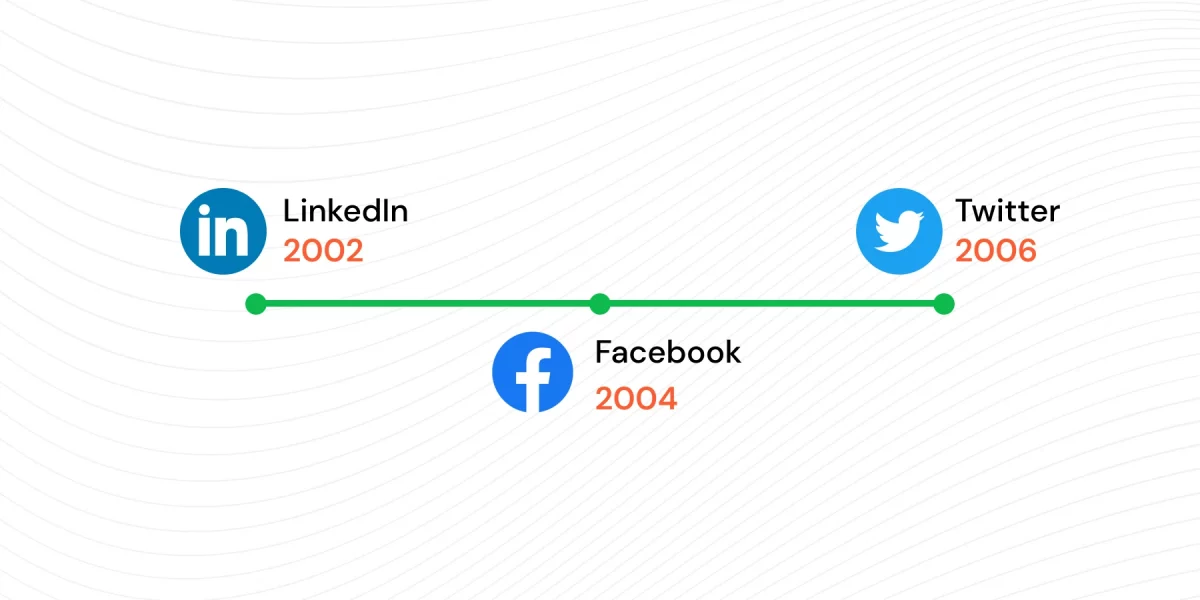
The mid-2000s led to a pivotal moment in the history of digital marketing with the ascendancy of social media. Platforms like Facebook, Twitter (now X), and LinkedIn emerged, changing how businesses interacted with their audiences.
These platforms provided new avenues for marketers to engage directly with customers, creating a level of interactivity that was previously unheard of.
Marketers were no longer limited to one-way communication through traditional advertisements. Instead, social media allowed for two-way conversations, enabling brands to listen, engage, and build relationships with their audience in real-time.
The Content Marketing Revolution: Late 2000s to Early 2010s
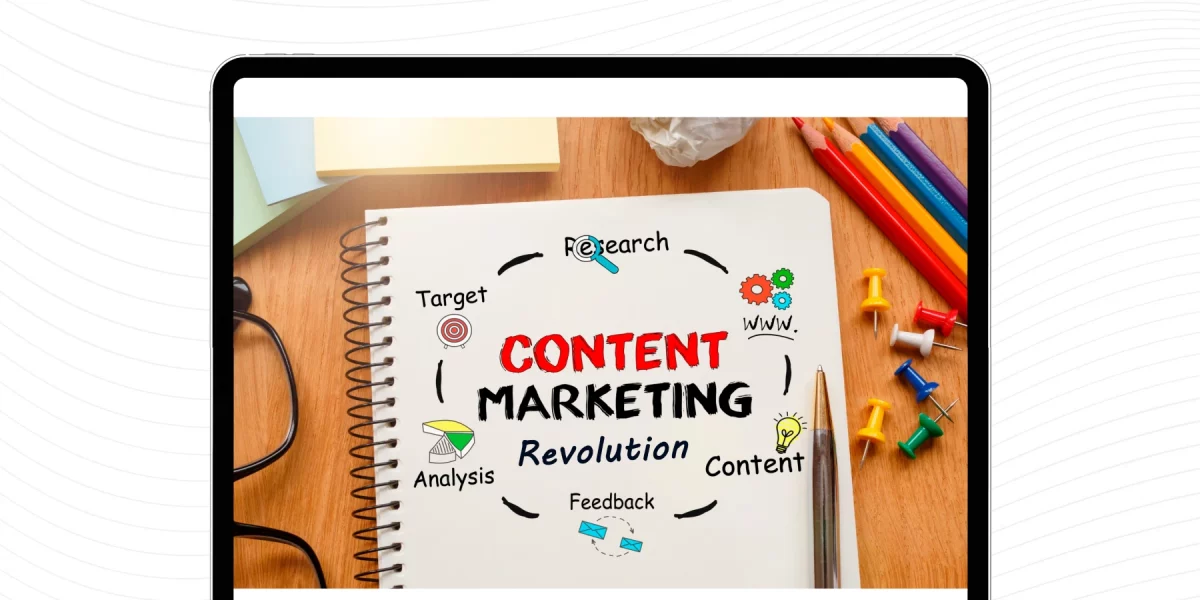
The late 2000s to early 2010s characterized a significant shift in the evolution of digital marketing with the advent of the content marketing revolution. This period observed the transition from traditional outbound marketing techniques, which involve reaching out to consumers, to inbound marketing strategies, which focus on attracting customers by creating valuable, relevant content.
This approach aimed to pull potential customers towards a brand and its products, creating a more engaging and customer-centric experience.
Inbound marketing further became a cornerstone of digital marketing strategies, emphasizing the importance of quality content in driving customer engagement and retention. Businesses began to invest in diverse content strategies, such as blogging, the creation of eBooks, and hosting webinars. These formats provided depth and value beyond traditional advertising, positioning brands as thought leaders in their respective industries.
Also Explore: Top 9 AI Tools for Content Creation That You Shouldn’t Miss
The Mobile Marketing Boom: The Mid 2010s
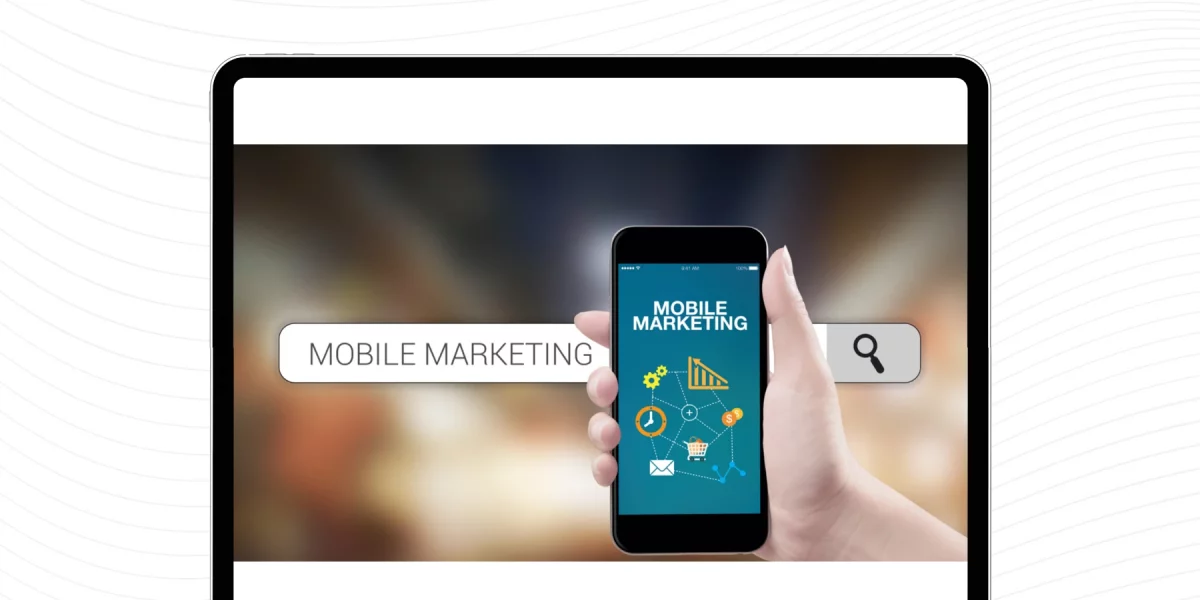
As smartphones became ubiquitous in the 2010s, they opened up a new channel for marketers, allowing unprecedented access to customers virtually anywhere. This shift led to the development of mobile marketing strategies that leveraged the unique capabilities of smartphones to engage customers on the go.
Location-based marketing emerged as a powerful tool in this new era, enabling businesses to send targeted advertisements to consumers based on their geographical location. This approach allowed for highly personalized marketing messages relevant to the customer’s immediate context and needs, significantly increasing the effectiveness of marketing campaigns.
For instance, a coffee shop could send special offers to individuals who were in the vicinity, tempting them to stop by.
Moreover, the rise of mobile apps offered another avenue for personalized engagement. Brands began developing their own apps to provide a seamless and interactive user experience, from shopping and booking services to offering personalized content. These apps also enabled businesses to gather valuable data on user preferences and behaviors, which could be used to tailor marketing efforts even further.
Also Read: 5 Mobile Apps with the Best UI/UX Design in 2024
The Emergence of Data-Driven Marketing: Mid 2010s to Late 2010s
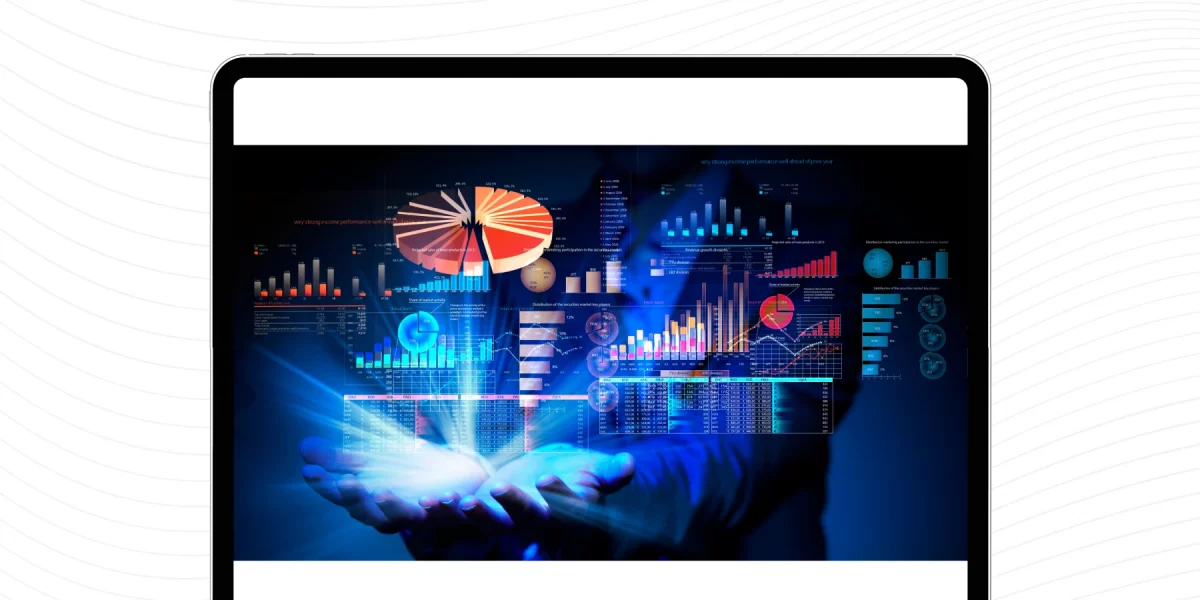
The mid to late 2010s saw a significant advancement in the evolution of digital marketing with the emergence of data-driven marketing. This era was distinguishable for strategically using user data to craft personalized marketing experiences.
By analyzing customer behavior, preferences, and interactions, marketers could tailor their messaging and offerings to meet the unique needs of each user, thereby enhancing the customer experience and improving engagement rates.
Personalized marketing became the norm, with customers expecting brands to understand their needs and preferences. This shift was made possible by the vast amounts of data generated by online activities, which, when analyzed effectively, provided deep insights into customer behavior.
Businesses leveraged this data to create highly targeted campaigns, offering products, services, and content that were directly relevant to each segment of their audience. The result was a more efficient use of marketing resources and significantly higher conversion rates.
The Dominance of Video and Influencer Marketing: Late 2010s to Present
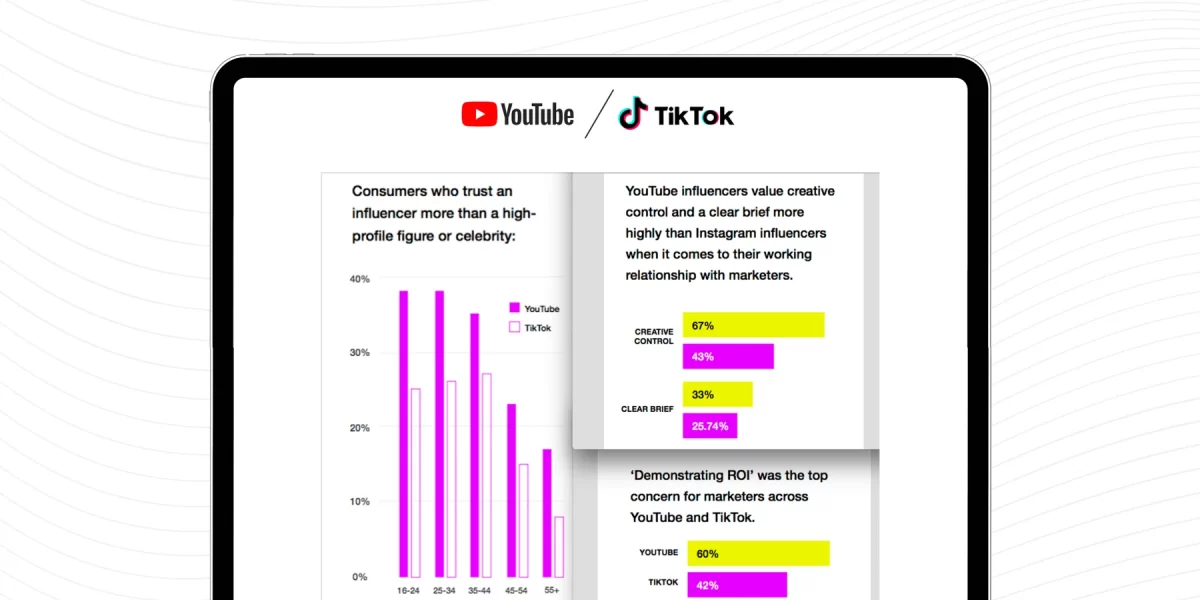
From the late 2010s to the present, the digital marketing landscape has been dominated by the surge in video content consumption and the rise of influencer marketing, marking a significant evolution in digital marketing strategies.
Video content, with its dynamic and engaging format, has become the preferred medium for content consumption online. Platforms like YouTube, TikTok, and Instagram Stories have led the way, becoming central to digital marketing strategies for businesses of all sizes. The ability of video to convey complex messages in an easily digestible and highly engaging format has proven incredibly effective in capturing audience attention and driving engagement.
The rise of video content has been paralleled by the growth of influencer marketing, a trend that leverages the credibility and reach of individuals with large and engaged online followings.
Influencers, often seen as more relatable and trustworthy than traditional celebrities, have become key partners for brands looking to connect with their audience more authentically and personally. The authenticity and genuine engagement that influencers bring to the table have become critical factors in influencing customer behavior and purchase decisions. Brands collaborate with influencers to create content that resonates with their target audience, thereby enhancing brand visibility and credibility.
Looking Ahead: The Future of Digital Marketing
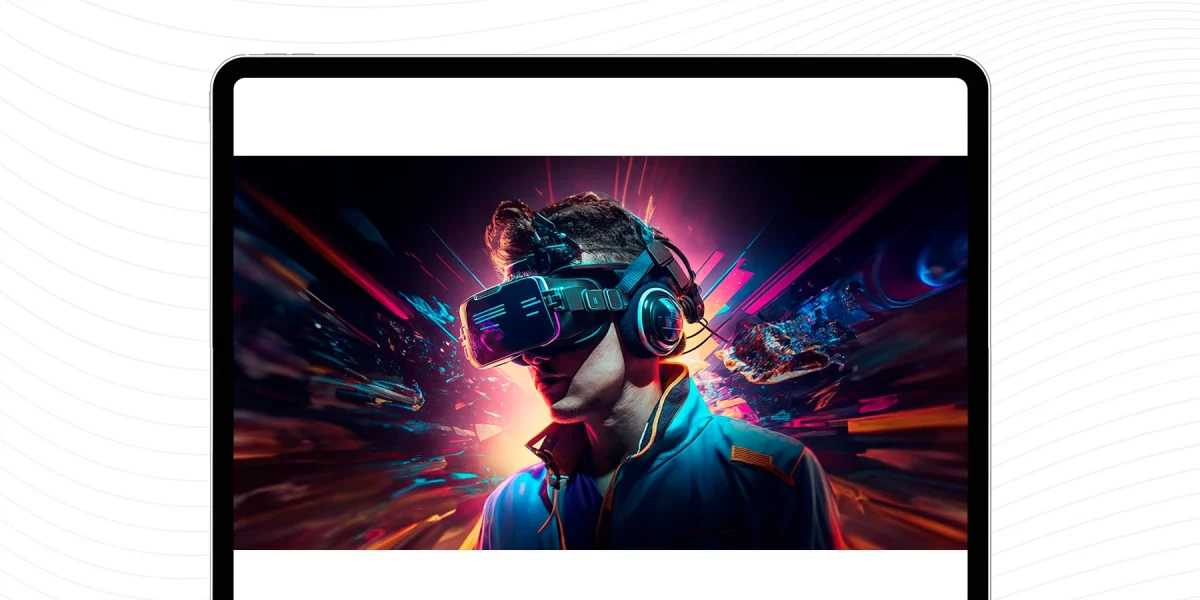
As we look ahead, the future of digital marketing is on the verge of another transformative phase, driven by the quick evolution of technology. Virtual Reality (VR), Augmented Reality (AR), and Artificial Intelligence (AI) are redefining how brands engage with their audiences. These technologies offer immersive and interactive experiences, captivating customers in new ways.
VR and AR, for instance, allow for creating engaging, three-dimensional marketing experiences that can transport users to virtual environments or overlay digital information onto the physical world. This makes product demonstrations and brand interactions more vivid and memorable, providing a novel way to experience a brand’s offerings.
Meanwhile, AI continues to transform digital marketing through advanced data analytics, automated decision-making, and personalized content delivery, ensuring that marketing efforts are more targeted and effective than ever before.
Learn About Top Digital Marketing Trends for 2024
Join GUVI’s Digital Marketing Career Program to kickstart your journey in this exciting field. Gain expertise in ChatGPT, WordPress, Meta Business Suite, Google Analytics, Youtube Analytics, Google Ads Manager, and more. Master essential skills in SEO, social media marketing, email marketing, content creation, and digital advertising tactics to excel in the Digital Marketing industry.
Alternatively, if you want to explore Digital Marketing research techniques through a Self-paced course, try GUVI’s Marketing Research Techniques Self-Paced certification course.
Final Words
Staying up-to-date with digital marketing trends, strategies, and technologies is crucial for success. Whether you’re a seasoned marketer looking to refine your skills or someone new to the field aiming to make your mark, continuous learning and upskilling are key.
Our course offers comprehensive training covering the latest digital marketing strategies and tools to keep you at the forefront of digital marketing practices.
Frequently asked questions
What are the key metrics for measuring digital marketing success?
Key metrics include website traffic, conversion rate, customer acquisition cost, customer lifetime value, return on investment (ROI), and social media engagement metrics like shares, likes, and comments.
How has customer privacy impacted digital marketing strategies?
Customer privacy concerns have led to more transparent data practices, a shift towards consent-based marketing, and the adoption of privacy-focused marketing strategies that respect user preferences and data protection laws.
What role does artificial intelligence play in digital marketing?
AI enhances digital marketing through predictive analytics, personalized content recommendations, chatbots for customer service, and optimizing ad campaigns for better targeting and efficiency.
What’s the significance of voice search in digital marketing?
Voice search is becoming increasingly important due to the rise of smart speakers and voice assistants, requiring businesses to optimize their content for conversational queries and local SEO.

How do digital marketing strategies differ for B2B versus B2C companies?
B2B digital marketing often focuses on building relationships and demonstrating expertise through content marketing and LinkedIn, while B2C strategies typically emphasize emotional engagement and brand loyalty through social media and influencer partnerships.






















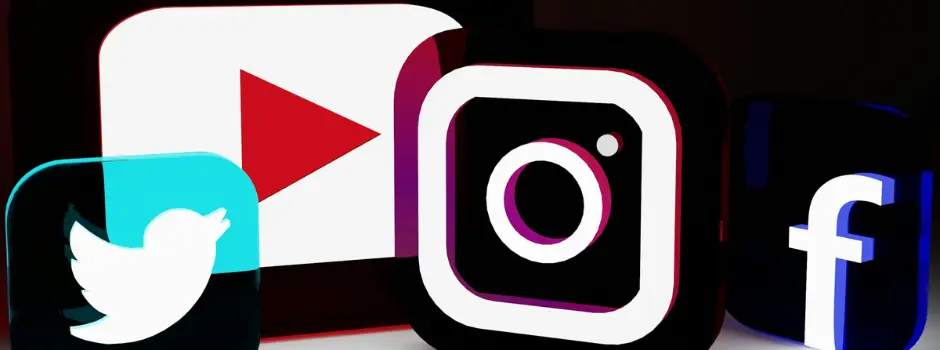

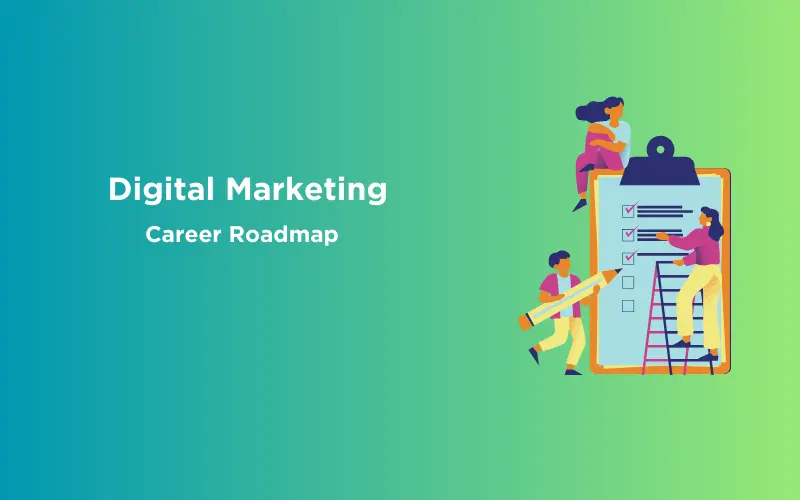
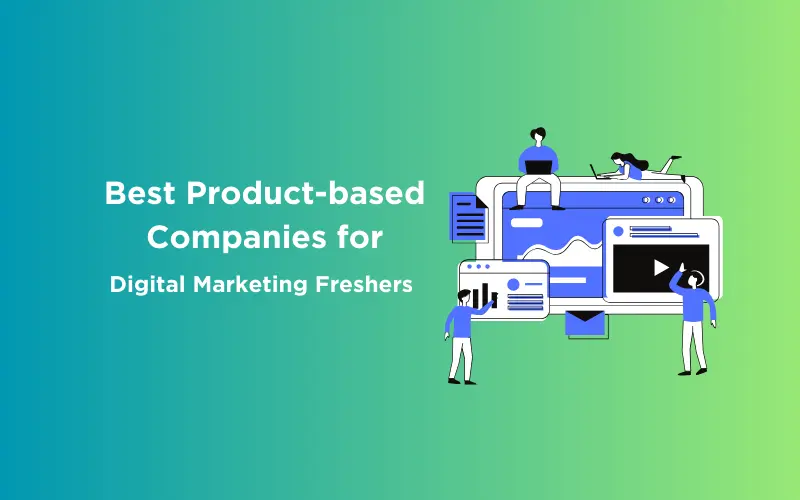
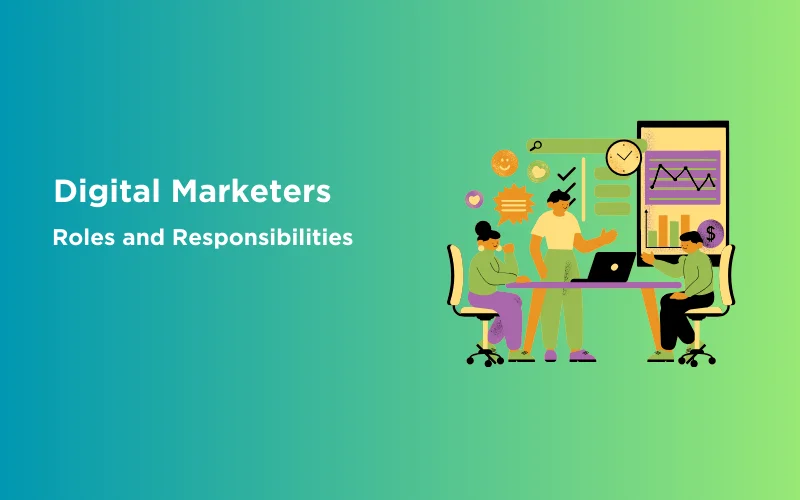
Did you enjoy this article?